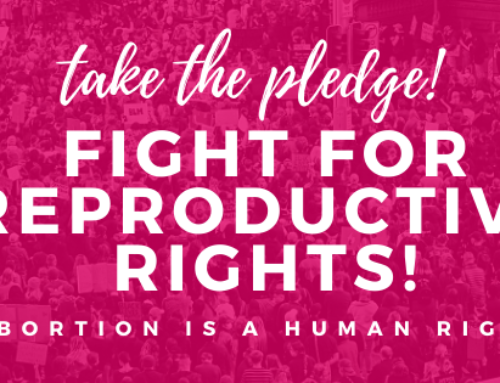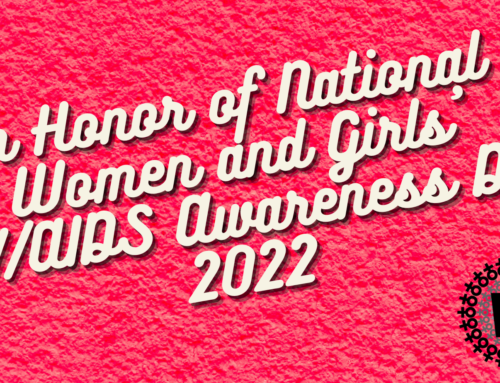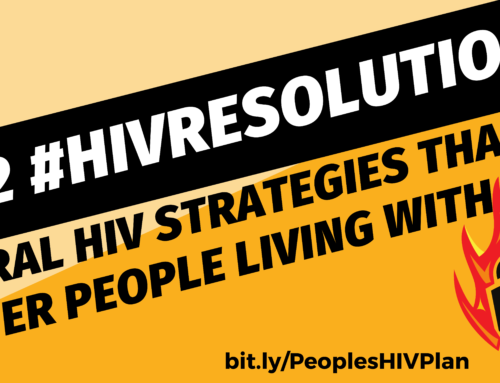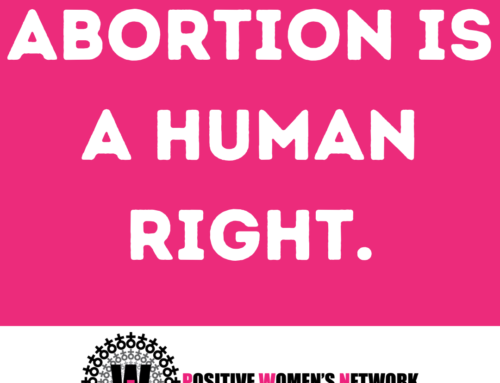By Sonia Rastogi
A ray of hope in the war on women came on August 1, 2011, when the Department of Health and Human Services (DHHS) officially adopted the Institute of Medicine’s (IOM) guidelines recommending that HIV testing and contraception options be included on the list of health and wellness services for women under the Affordable Care Act (ACA), also known as the health care reform bill. Most importantly, these services will not cost patients a cent! The recommendations are now law!
Adoption of the recommendations is a tremendous victory for women. New health plans starting on or after August 1, 2012, will be required to include all of these services at no cost to clients. Religious institutions, however, are given jurisdiction over whether or not to cover birth control services for their employees. The new insurance coverage guidelines are:
1. Counseling and screening for HIV;
2. Contraceptive methods and counseling to prevent unintended pregnancies;
3. Screening and counseling to detect and prevent interpersonal and domestic violence;
4. Counseling on sexually transmitted infections;
5. Human papillomavirus (HPV) testing as part of cervical cancer screening for women over 30;
6. Screening for gestational diabetes;
7. Lactation counseling and equipment to promote breast-feeding; and
8. Yearly well-woman preventive care visits to obtain recommended preventive services.
Why are these new services important? Each of the above services reflects a mechanism to close gaps in the current health care system that have an especially negative impact on low-income women of color, the same population of women most at risk for HIV. For example, women are often not perceived as at risk for HIV, and are not routinely offered testing, even though, as the report recognizes, women living in poverty are at increased risk for acquiring HIV. The National Women and AIDS Collective has even documented a financial disincentive for testing women. Similarly, low-income women of color are disproportionately impacted by cervical cancer, STIs, HIV, intimate partner violence, unintended pregnancies, and other sexual and reproductive health issues.
Prevention Justice: Providing free reproductive and other health services for women is a critical step towards achieving HIV prevention justice for women. Women’s unique prevention needs will be better addressed by streamlined comprehensive health care and STI, HIV, and partner violence screening/counseling. In addition, the IOM report outlined the current problem of limiting testing to only pregnant women and women perceived to be at “high risk” for HIV — a practice that has caused many women to fall between the cracks leading to accelerated sickness and death. The IOM states “current screening recommendations are limited in scope” recommending that all women get screened and counseled for HIV annually. Alison Yager of the HIV Law Project in New York City, worked to get free routine testing for women as a preventive service in the IOM report. Yager emphasized that the IOM’s recommendations “underscore the importance of routinely offering HIV testing and counseling to women, because, as the report notes, risk assessments for women are often incomplete or inaccurate.”
Sexual and Reproductive Justice: The guidelines will also increase reproductive justice for all women. The guidelines include services to address women’s health needs across the reproductive spectrum including insurance coverage of birth control and breastfeeding assistance. Contraception accessibility upholds women’s rights to choose and is a cost-effective method of pregnancy prevention. The IOM report also highlights the health disparities and unique health needs of women in the U.S. Women have Chlamydia rates three times higher than men; the CDC reported a 15% increase in AIDS cases among women compared to 1% of men; and in 2001, 49% of all pregnancies were unintended with 42% ending in abortion. The report also highlights the profound impact of intimate partner violence, directly correlated with greater HIV vulnerability for women. A set of statistics that dropped me to the floor were included: 35% of emergency room visits, 50% of all acute injuries, and 21% of all injuries in women requiring urgent surgery were the result of partner violence. It is our hope that these new insurance guidelines for women’s preventive health will address the staggering consequences that occur when the intersections of HIV, sexual and reproductive health, and violence go unaddressed.
The new insurance coverage guidelines are an important step toward upholding the human rights of women and girls nationwide! PWN congratulates the IOM and DHHS on recognizing the importance of screening all women annually for HIV, ensuring access to contraception, screening and counseling for intimate partner violence, and the cost of services and equipment as a barrier to accessing health care. The reach of this new regulation is a true win for all women.
In Sisterhood and Solidarity.






